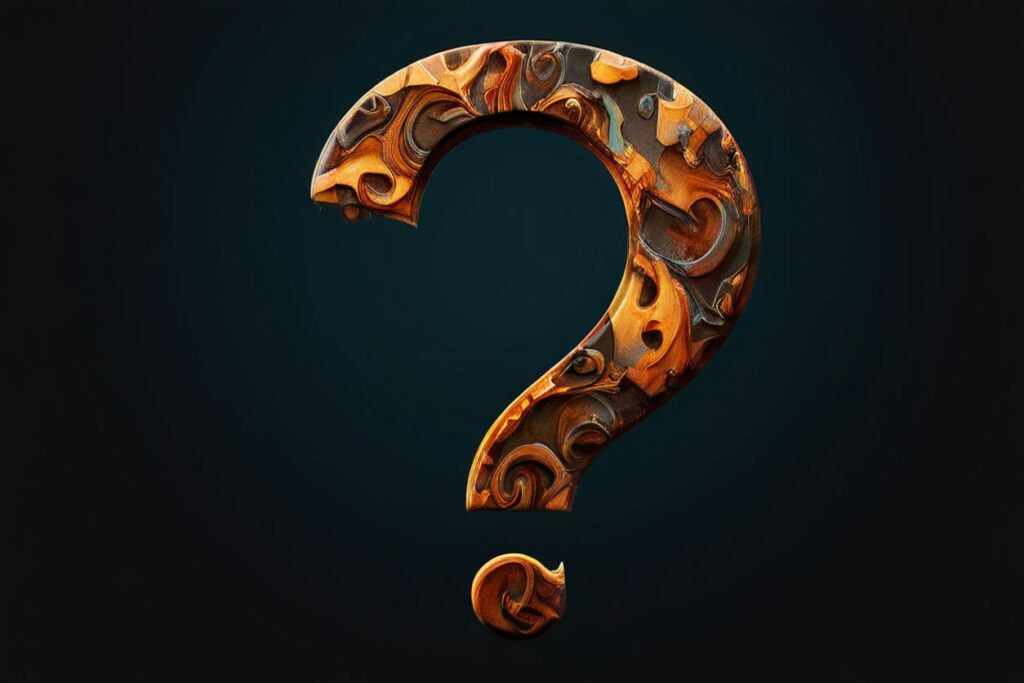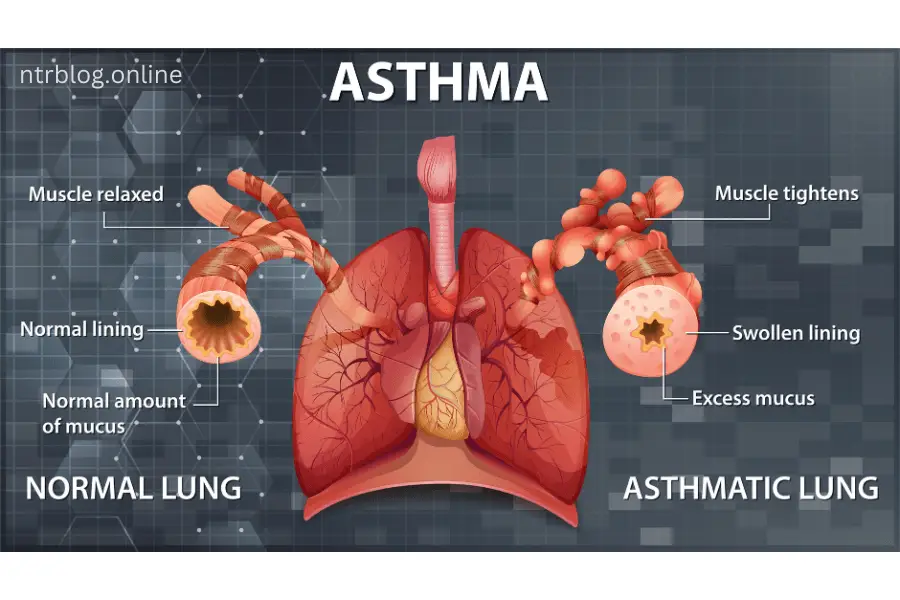Overview:
Table of Contents
What is Mania?
- Mania is more than just feeling extremely happy or energetic; it’s a state of mind where one’s emotions, thoughts, and behaviors are heightened to a level that is noticeably different from their usual self. Imagine suddenly having boundless energy, feeling like you can conquer anything, and having racing thoughts that never seem to stop. This isn’t just being in a good mood; it’s an intense, often overwhelming experience that can be both exhilarating and frightening.
What Does Manic Behavior Look Like?
- Manic behavior is distinct and often noticeable to others. It’s not just being excited about a new idea—it’s being so passionate and confident about it that you might spend sleepless nights planning without any practical experience or resources. For instance, you might believe you can launch a successful business overnight, even if you’ve never been involved in such an endeavor. Or, you might feel so strongly about an issue that you write lengthy posts and go to great lengths to share your opinions on multiple platforms. This level of activity and enthusiasm can seem excessive, even to those who know you well.
What is a Manic Episode?
- A manic episode is a period during which the symptoms of mania are present. These episodes can vary in severity and may sometimes require hospitalization. They can occur as part of various mental health conditions, such as Bipolar I disorder, schizoaffective disorder, or even seasonal affective disorder.
Bipolar I Disorder and Mania:
- In Bipolar I disorder, mania is a defining feature. People with this condition experience significant mood swings, ranging from the highs of mania to the lows of depression. To be diagnosed with Bipolar I, an individual must have at least one manic episode that lasts for at least seven days or is severe enough to require immediate medical attention. While not everyone with Bipolar I experiences depression, many do, and the cycling between these emotional states can be challenging.
What Triggers Manic Episodes?
- The triggers for manic episodes can vary widely from person to person. They might include highly stimulating environments, major life changes, lack of sleep, or substance use. Recognizing these triggers is important for managing this condition. Keeping a mood diary and involving trusted friends or family members can help identify patterns and prepare for potential episodes.
Aftermath of a Manic Episode:
- Coming down from a manic episode can leave a person feeling exhausted, embarrassed, or even depressed. The aftermath might include dealing with the consequences of actions taken during the episode, such as overcommitting to activities or making impulsive decisions. Understanding and managing these episodes is an ongoing process, often requiring support from healthcare professionals, family, and friends.
Symptoms and Causes of Mania:

Recognizing the Symptoms of Mania:
- Mania manifests in various ways, often drastically altering a person’s mood, energy levels, and behavior. Some common symptoms include:
- 1.Heightened Activity or Energy: A person may suddenly become extremely active, often engaging in multiple projects simultaneously.
- 2. Euphoric Mood: An intense feeling of happiness or excitement that seems to exceed the normal range of emotions.
- 3. Reduced Need for Sleep: Individuals might sleep very little yet feel surprisingly energetic and well-rested.
- 4. Grandiose Self-Esteem: A belief in one’s invincibility or inflated sense of self-worth.
- 5. Increased Talkativeness: Talking more than usual, often at a rapid pace, making it hard for others to join the conversation.
- 6. Racing Thoughts: Experiencing a rapid flow of ideas, sometimes jumping from one topic to another.
- 7. Distractibility: Easily getting sidetracked by irrelevant or unrelated things.
- 8. Obsessive Focus: Becoming intensely absorbed in an activity, often to the exclusion of other important tasks.
- 9. Purposeless Movements: Engaging in actions like pacing or fidgeting without any clear purpose.
- 10. Impulsive Behavior: Making rash decisions, such as spending sprees, risky sexual behavior, or poor financial investments.
Psychotic Symptoms in Mania:
- During severe manic episodes, some individuals may experience psychotic symptoms, including:
- Delusions: Holding false beliefs or ideas, such as thinking everyone is out to get them.
- Hallucinations: Sensing things that aren’t present, like hearing voices or seeing things that aren’t there.
Duration of a Manic Episode:
- The onset of a manic episode may be preceded by subtle changes known as “prodromal symptoms,” which can last for weeks or months. Without treatment, manic episodes in bipolar disorder can extend from three to six months. However, with effective intervention, the duration can be significantly shortened, often improving within three months.
What Causes Mania?
- The exact causes of mania are not fully understood, but several factors are believed to contribute:
- Genetic Predisposition: A family history of bipolar disorder or other mood disorders may increase the risk, although it’s not a guarantee.
- Brain Chemistry: Imbalances in neurotransmitters, the brain’s chemical messengers, can play a role.
- Medications and Substances: Certain drugs, including antidepressants, alcohol, or recreational drugs, may trigger manic episodes.
- Life Events: Major changes, such as a divorce, moving to a new place, or the loss of a loved one, can be triggers.
- Challenging Life Circumstances: Experiences like trauma, abuse, financial difficulties, or social isolation can also contribute.
- Stress and Sleep Patterns: High levels of stress and significant changes in sleep habits can exacerbate the risk.
- Associated Health Conditions: Conditions like seasonal affective disorder, postpartum psychosis, schizoaffective disorder, brain injuries, tumors, strokes, dementia, lupus, or encephalitis can sometimes lead to mania.
Diagnosis and Tests:
How is Mania Diagnosed?
- Diagnosing mania involves a thorough evaluation by a healthcare provider. They will begin by asking about your medical history, including any family history of mental health conditions. They will also inquire about any medications or supplements you’re currently taking, as these can sometimes contribute to symptoms. To rule out other medical conditions that could mimic mania, such as hyperthyroidism, your provider might order blood tests or imaging scans. If no other conditions are identified, you may be referred to a mental health specialist for further evaluation.
- A mental health specialist will use the criteria outlined in the American Psychiatric Association’s Diagnostic and Statistical Manual of Mental Disorders, DSM-5, to diagnose mania. According to DSM-5, the criteria for a manic episode include:
- 1.Duration and Intensity: A period of abnormally elevated mood and high energy levels lasting at least one week, present most of the day, nearly every day.
- 2. Symptom Severity: The presence of at least three symptoms that represent a noticeable change from usual behavior (four if the mood is primarily irritable). These symptoms could include excessive energy, decreased need for sleep, grandiosity, and others.
- 3. Impact on Functioning: The mood disturbance must be severe enough to cause significant impairment in social, occupational, or academic functioning, or necessitate hospitalization to prevent harm to oneself or others. Alternatively, the episode may include psychotic features like hallucinations or delusions.
- 4. Exclusion of Other Causes: The symptoms cannot be attributed to the effects of a substance or another medical condition.
Management and Treatment:
How is Mania Treated?
Treating mania involves a combination of medications, psychotherapy, and support from family and friends.
1. Medications:
- Antipsychotics: If mania occurs on its own, medications like aripiprazole (Abilify®), lurasidone (Latuda®), olanzapine (Zyprexa®), quetiapine (Seroquel®), or risperidone (Risperdal®) may be prescribed.
- Mood Stabilizers: For mania as part of a mood disorder, such as bipolar disorder, mood stabilizers like lithium, valproate (Depakote®), or carbamazepine (Tegretol®) might be added. It’s important to inform your provider if you are pregnant or planning to become pregnant, as some medications like valproate can increase the risk of birth defects and should be avoided.
- Antidepressants: These may also be used, depending on the individual’s symptoms and diagnosis.
2. Talk Therapy (Psychotherapy):
- Cognitive Behavioral Therapy (CBT): Helps in identifying and altering distorted thoughts and perceptions about oneself and the world.
- Family Therapy: Involves educating family members about the condition, helping them understand how to support their loved one.
- Support Groups: Talking with others who have similar experiences can be invaluable for sharing coping strategies and emotional support.
3. Other Treatments:
- Electroconvulsive Therapy (ECT): In severe cases, ECT might be considered, especially if other treatments are ineffective. This procedure involves applying brief electrical currents to the brain under controlled conditions.
- Each treatment plan is tailored to the individual’s needs and may involve a combination of these approaches to effectively manage symptoms and improve quality of life.
Prevention:
How Can I Better Cope with or Manage My Mania?
- While it might not always be possible to prevent manic episodes, there are several strategies you can employ to manage your symptoms and prevent them from worsening:
- 1.Create a Calm Environment: Avoid overstimulating places like noisy, busy, or brightly lit environments. Instead, seek out serene and relaxing spaces.
- 2. Maintain Routines: Stick to regular schedules for sleeping, eating, taking medications, and exercising. Even if you’re not tired, going to bed at the same time each night can help regulate your mood.
- 3. Limit Social Interactions: Keep social contacts minimal to avoid overstimulation and excitement.
- 4. Postpone Major Decisions: Avoid making significant life decisions or large purchases during a manic episode.
- 5. Avoid Risky Situations: Steer clear of people and places that might tempt you to engage in risky behaviors, such as using drugs or drinking alcohol.
- 6. Delegate Financial Responsibilities: Consider having someone you trust manage your finances during a manic episode to prevent impulsive spending.
- 7. Seek help if you need it: If you have thoughts of self-harm, immediately reach out to your friends, family, or healthcare providers. You can also contact the Suicide and Crisis Lifeline at 988, which provides 24×7 support.
Outlook / Prognosis:
What Can I Expect if I’ve Been Diagnosed with Mania?
- If your mania is associated with bipolar I disorder, it’s important to understand that this is a lifelong condition. While there is no cure, proper management through medication and psychotherapy can help you maintain a stable and fulfilling life. With the right treatment plan, many people find that they can manage their symptoms effectively and lead productive lives.
Living With Mania:
How Can I Involve Friends and Family in Understanding My Mania?
- Involving your family and friends in your journey with mania can be a crucial support system. Here are some steps to consider:
- 1. Open Communication: Be honest with your loved ones about your condition. Let them know what kind of support you find helpful and what you don’t. For example, you might appreciate reminders to take your medication or check-ins about your sleep, but constant questioning about your mood could be bothersome.
- 2. Identify Triggers: Your family and friends can help you identify triggers that might lead to a manic episode. They might notice patterns or signs that you might miss. Discuss these observations and make a plan for how to address potential triggers early.
- 3. Share Your Experience: Explain to your loved ones how your symptoms feel. This can help them better understand your experiences and respond appropriately.
- 4. Set Boundaries and Expectations: Let your family and friends know what kind of help you need and when. There may be times when you feel capable of managing on your own, and other times when you need more support. Clear communication can help everyone understand their role and contribute to your well-being.
Additional FAQs:

What is acute mania?
A. Acute mania is a term used to describe the heightened phase of bipolar I disorder. During this phase, the person experiences extremely unstable mood, which can be either euphoric or irritable. It is accompanied by excessive activity, racing thoughts, rapid speech, reckless behavior, and a feeling of invincibility.
What is unipolar mania?
A. Unipolar mania is a rare condition that only has symptoms of excitement, excessive energy, and euphoric mood, without the depressive episodes that typically accompany bipolar disorder. Unlike bipolar disorder, unipolar mania does not involve fluctuations into depressive states.
What is the difference between hypomania and mania?
A. Mania and hypomania are both states of elevated mood, but differ in severity and impact. Here’s how they compare:
1. Duration of Episodes:
– Mania: Lasts at least one week.
– Hypomania: Lasts at least four consecutive days.
2. Severity:
– Mania: Causes significant impairment in social, work, or school functioning and may require hospitalization.
– Hypomania: Does not significantly affect functioning and does not require hospitalization.
3. Psychotic Symptoms:
– Mania: May include psychotic symptoms such as delusions or hallucinations.
– Hypomania: Psychotic symptoms may not be included for diagnosis.
Can my diagnosis change between bipolar disorder I and bipolar disorder II ?
A. No, the diagnosis of bipolar I disorder remains even if you never experience another manic episode or psychotic episode. Once bipolar I disorder is diagnosed, it cannot be reclassified as bipolar II disorder. This distinction is important for treatment and management, as bipolar I disorder includes the possibility of a full-blown manic episode, which is not the case with bipolar II disorder.


